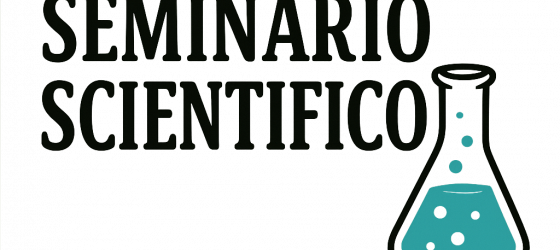Dove e quando
Dipartimento di Farmacia Aula A. Ranise, Viale Benedetto XV, 3
26 settembre 2025 alle ore 14:00
Il giorno 26 settembre 2025 alle ore 14:00, presso l' Aula A. Ranise, Viale Benedetto XV, 3 Dipartimento di Farmacia (DIFAR), il Dott. Murilo Santhiago1,Visiting Researcher, terrà il seminario scientifico: "Tuning the electrocatalytic activity on the basal plane of ultra-large MoS2 layers for hydrogen evolution reaction"
1 Brazilian Nanotechnology National Laboratory (LNNano), Brazilian Center for Research in Energy and Materials (CNPEM), Campinas, São Paulo, Brazil
Abstract:
The basal plane of MoS2 is known to be inactive for hydrogen evolution reaction (HER) due to a lack of active sites. The introduction of surface defects plays an essential role in tuning the electrocatalytic activity on the basal plane of MoS2 monolayers for hydrogen evolution reaction (HER). The field is progressing towards achieving cost-effective, sustainable, and efficient electrocatalysts [1]. The catalytic sites of MoS2 monolayers towards hydrogen evolution are mainly vacancies and edge-like defects. Controlling the size, position, and defective areas on the basal plane of MoS2 through defect-engineering methods is challenging [2-4]. In this seminar, I´ll show how ultra-large supported and free-standing MoS2 samples are prepared using a simple and fast electrochemical thinning method. Patterning techniques that can precisely introduce defects on the basal plane will be discussed next. Specifically, focused ion beam (FIB) and nanolithography can be employed to generate arrays of edge-like defects on electrochemically thinned MoS2, allowing for precise tuning of its electrocatalytic performance for HER. To obtain atomic-scale insights into the transformations resulting from defect engineering, high-resolution transmission electron microscopy was utilized. Thus, the observed transformations in the free-standing samples can be directly associated with the enhanced electrocatalytic activity of the basal plane following defect-engineering procedures.
Contatti
Prof. Omar Ginoble Pandoli
